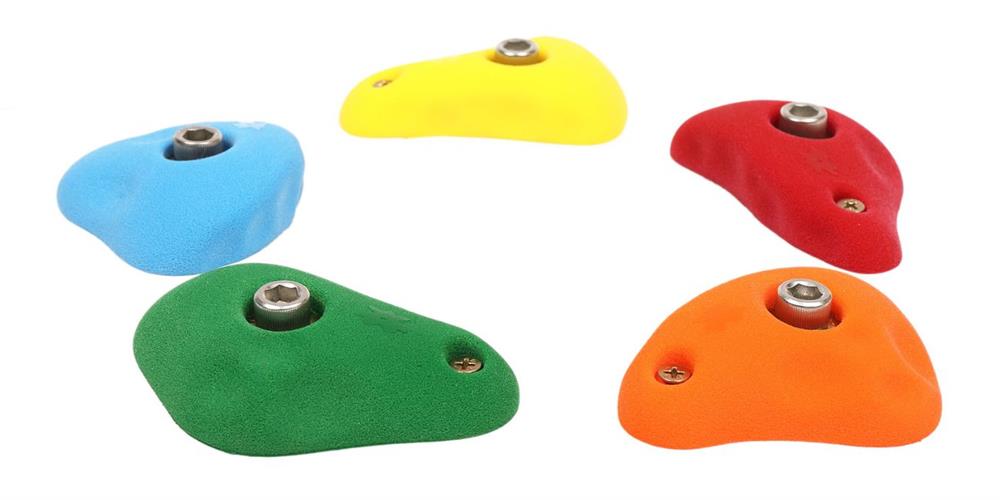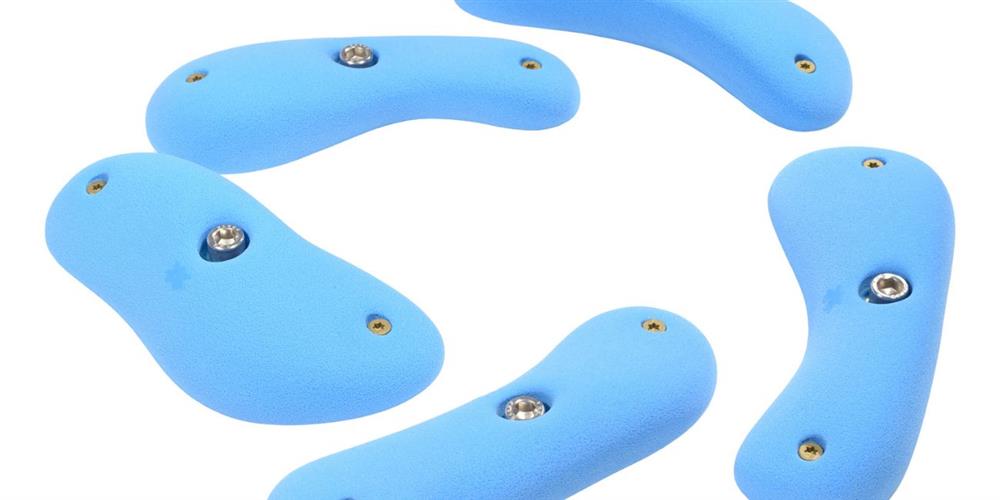Sensory walls offer a chance to positively transform the lives of people with autism. For children with autism, sensory climbing walls blend fun with therapeutic activities that help them develop good habits. Explore the many benefits of sensory climbing walls for autism, with insights for parents and families eager to create an inclusive environment at home.
Introduction To Sensory Climbing Walls
Sensory climbing walls are structures that allow children to engage their senses in a safe, controlled environment. These walls integrate textures, colors, and interactive elements that cater to the unique sensory needs of varying degrees of neurodevelopmental disorders. Children can further enjoy this physical activity through climbing, touching, and visual stimulation that engages their sensory systems in ways that promote growth and healing.
Understanding Autism and Sensory Processing
Autism spectrum disorders (ASD) are a range of neurodevelopmental conditions that cause challenges for people of all ages in social interaction, communication, and repetitive behaviors. A primary aspect of ASD is sensory processing challenges, where individuals experience heightened or reduced sensitivity to sensory stimuli. These challenges manifest in many different ways and affect how individuals perceive and interact with their environment.
For children with autism, everyday sensory experiences feel overwhelming and cause discomfort or distress. Sounds, lights, textures, and even the feeling of movement may trigger strong reactions. Educating yourself and raising awareness of these differences enables families to create environments and activities that are nurturing and accommodating to children on the autism spectrum.
Design Elements of Sensory Climbing Walls
A well-designed sensory climbing wall features key components that maximize sensory engagement and therapeutic benefits. These include textures—such as rough, smooth, and bumpy surfaces—that provide tactile stimulation for sensory development. Vibrant colors and interactive elements contribute to visual and auditory stimulation, creating a multisensory experience.
The materials used to construct sensory climbing walls are just as important as the design of the walls themselves. Non-toxic, hypoallergenic materials will accommodate the children’s preferences and ensure their safety.
Including foam, silicone, or rubber materials can enhance the tactile experience, allowing children to explore different sensations. Design the climbing wall with the children’s perceptions in mind; think of which components will help them explore their senses and which ones may overstimulate them.
Tips for Creating a Sensory Climbing Wall
Creating a sensory climbing wall gives families a chance to design a customized therapeutic space for their children. Consider the specific needs and preferences of the child who will use the wall. Engage them by seeking their input on colors, textures, and interactive elements that they find appealing.
Incorporate a variety of sensory features to maximize the wall’s benefits. Include elements such as tactile panels, auditory feedback mechanisms, and visual stimuli. Let your creative side flow by adding artistic elements—from painted animals to colorful stickers to abstract design patterns—to make the wall stimulating and attractive.
How Sensory Climbing Walls Cater to Autism
One of the standout features of sensory climbing walls is how they cater to children with autism’s individual needs. Customization options allow parents to tailor the experience to suit the child’s preferences and sensory profile. Parents can customize components by implementing adjustable climbing holds, modular elements, and interchangeable textures, so the climbing wall is constantly engaging over time.
Integrating sensory-friendly designs is another approach that satisfies the sensory preferences of children on the autism spectrum. The climbing hold crimps we offer at Atomik Climbing Holds come in several calming colors that make children feel relaxed as they scale the wall. The appealing appearance and sensory-friendly environment will encourage children to engage with the wall, fostering a positive and enriching experience.
Specific Sensory Benefits for Children With Autism
Sensory climbing walls help individuals with autism experience gradual improvements in their ability to process sensory input. Regular exposure to diverse stimuli fosters sensory integration, enabling children to better interpret and respond to their environment while adapting to the world around them.
Refining Motor Skills
Climbing activates gross and fine motor skills that require integrating multiple muscle groups. This engagement allows children to improve their physical abilities and build strength.
The act of climbing also promotes coordination and balance. Children must focus on their movements to ascend and descend the wall safely. Improving their balance and spatial awareness are transferable skills to various daily activities, such as climbing ladders or descending steps.
Engaging with sensory climbing walls establishes remarkable improvements in children’s confidence and self-esteem. Children struggling with physical activities can learn to overcome these vertical obstacles, resulting in a positive outlook on physical challenges.
Providing Cognitive Benefits
Cognitive growth enhances critical thinking skills and fosters creativity. The problem-solving nature of climbing encourages children to plan and strategize their movements. Children who overcome the climbing wall can carry this new thought process into other aspects of their lives, leading to increased resilience and willingness to tackle new challenges.
Encouraging Social Interaction
As communication barriers vary between individuals with autism, it’s helpful to provide more opportunities for children to practice their communication skills.
Climbing in a group setting strengthens teamwork. Children must communicate to solve climbing challenges and when providing words of encouragement. These interactions foster camaraderie and improve children’s socialization skills.
The shared experience creates a platform for children to connect and build relationships. Encourage your child with autism to spend time with friends and use your home climbing wall, so the children can socialize and bond.
Improving Emotional Regulation
Climbing requires concentration. Therefore, children are immersing themselves in the moment. When children with autism can focus on the task, they’re able to regulate their emotions. The physical activity and structured climbing environment help children manage their emotions and responses to sensory input. As their concentration mitigates overwhelming emotions, including stress and anxiety, they feel calm and relaxed while climbing.
There are many benefits of sensory climbing walls for autism. The blend of physical, cognitive, and emotional advantages makes sensory climbing walls a must for families. These sensory structures are an innovative solution for inclusive and supportive playtime environments for children with autism.
Work with Atomik Climbing Holds today and build the best climbing wall to support your child’s development.






Leave your comment